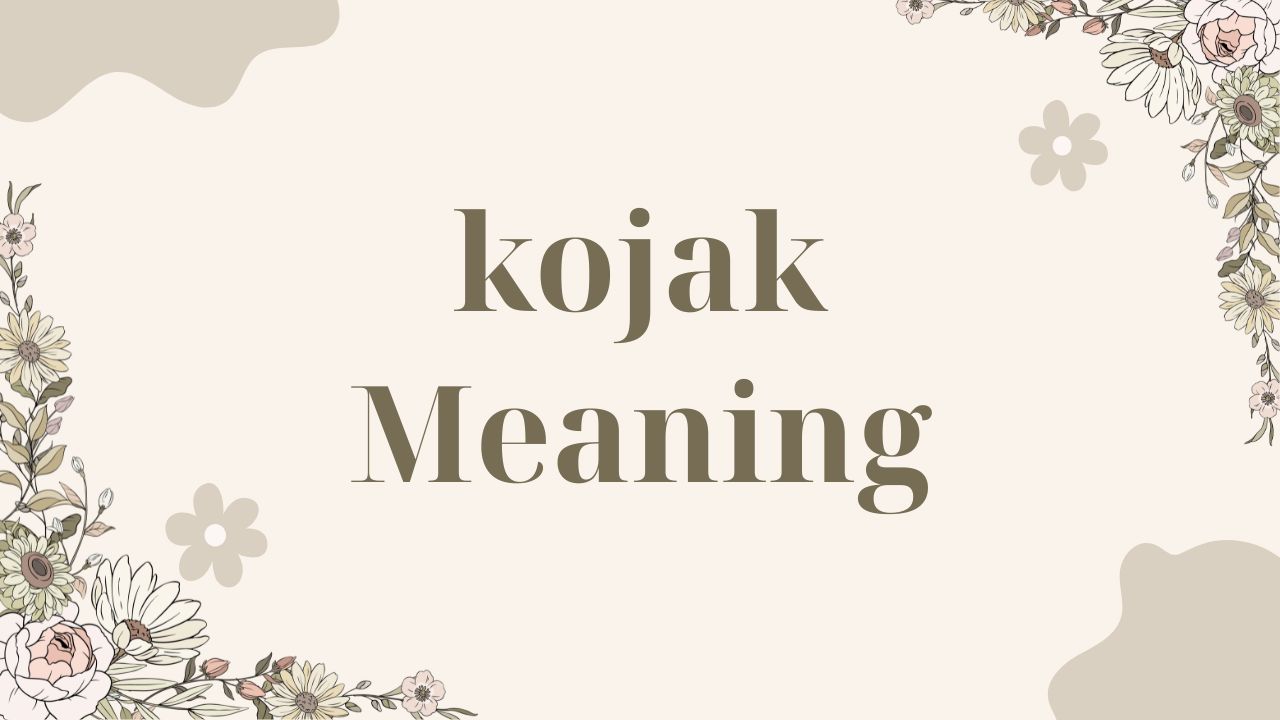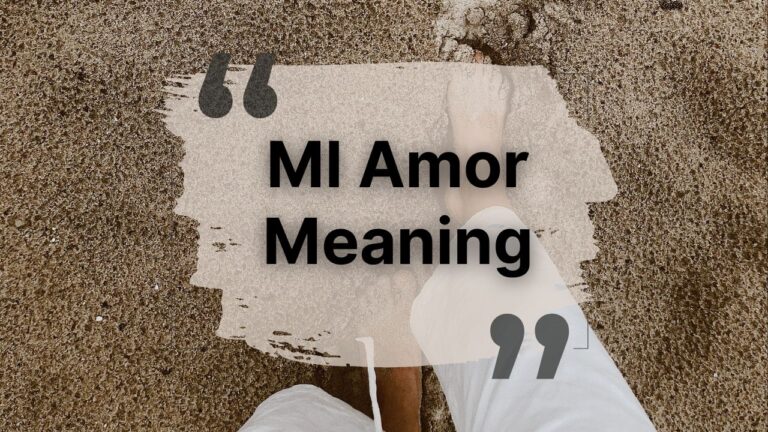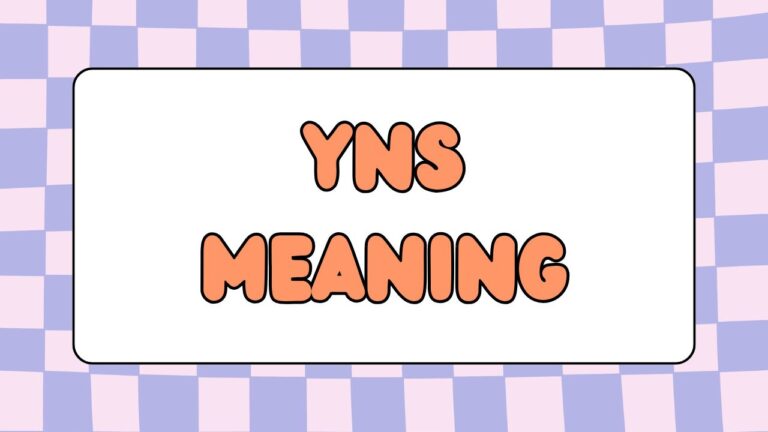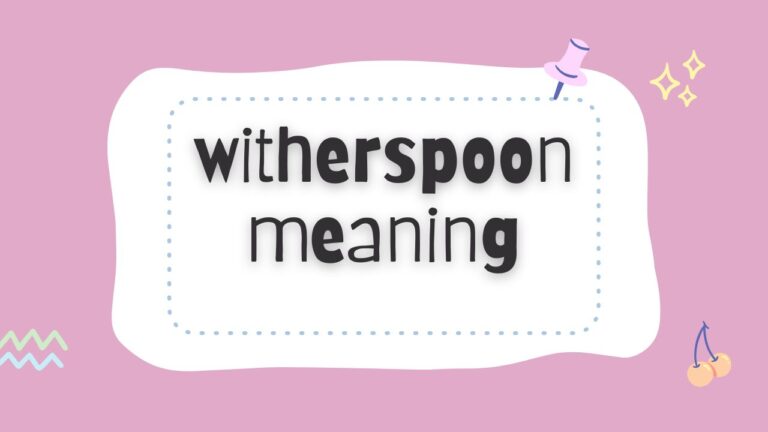Kojak originated from an American television series created by Abby Mann. The show aired on CBS from 1973 to 1978 and featured a gritty depiction of New York City police work.
Telly Savalas played Lieutenant Theo Kojak, a detective known for his street smart approach and unorthodox methods. The series was inspired by real life police stories and was part of a wave of crime dramas that focused on realistic settings and complex characters.
The character’s style and charisma quickly made him a household name. His bald head, lollipop habit, and sharp suits set him apart from other TV detectives of the time. The success of the show led to several TV movies in the 1980s and 1990s, keeping the character alive in public memory.
The origin of the name “Kojak” was fictional but crafted to sound distinctive and memorable, ensuring that audiences could easily recall it.

| Attribute | Details |
|---|---|
| Acronym | Kojak |
| Stands For | Not an acronym; it’s a character name |
| Brief Description | A tough, bald NYPD detective famous for saying “Who loves ya, baby?” |
| Antonym | Criminal, Lawbreaker |
| Synonym | Sleuth, Investigator, Detective |
| Alternative possible meaning on internet | A type of lollipop in some countries; a slang for bald people |
| Emotion | Authority, Justice, Nostalgia |
| Safe for Work | ✅ Yes |
| Safe for Children | ⚠️ Partially (mature crime themes in original TV series) |
| Emojis | 🕵️♂️🍭🧑⚖️ |
| Trending Date | 1973–1978 (original run); occasional nostalgia spikes |
| Texting Meaning | Rare; might be used to refer to someone bald or “tough cop” vibe |
| Social Media Meaning | Often meme-ified for “bald boss” aesthetic or retro cop tropes |
What is the simple meaning of Kojak?
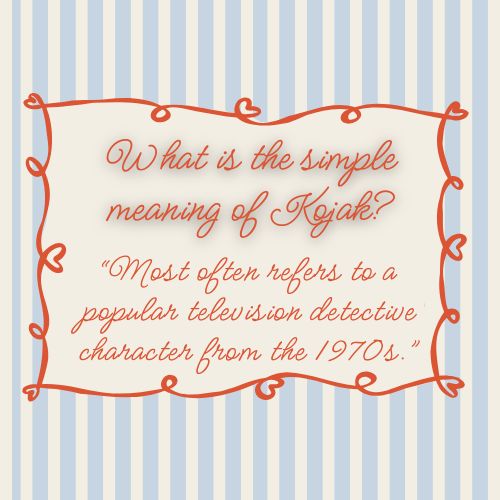
The word “Kojak” most often refers to a popular television detective character from the 1970s. The character, played by actor Telly Savalas, was known for his bald head, stylish suits, and catchphrase, “Who loves ya, baby?”
In a broader sense, some people use the term informally to describe someone who is bald or shaves their head. This slang usage grew from the strong association the public had with the TV role.
In some contexts, Kojak can also serve as a nickname, either as a playful reference to the detective or to a bald appearance. Over time, the word became part of popular culture, recognized even by people who never watched the original series.
The meaning is influenced by the era when the show aired, the popularity of the actor, and the unique style of the character. These cultural factors keep the term recognizable decades after the series ended.
Read more: BTA meaning
How did the television series influence the word’s meaning?
The television series shaped the meaning of Kojak by tying it directly to a strong and easily identifiable image. Before the show, the name held no meaning to the public.
After the show aired, it became shorthand for a charismatic, bald-headed detective. This association was so strong that the word moved beyond television and into casual speech.
For example:
- A friend might say, “You’re looking like Kojak today” to tease someone who has shaved their head.
- Media headlines could use the term to add personality to a story about law enforcement.
The show’s widespread popularity in the 1970s meant that millions of viewers heard and repeated the name weekly. Over time, that repetition reinforced the cultural link between the name and the traits of the character.
Is Kojak used only in the United States?
While Kojak started as an American television show, its influence spread internationally. The series aired in multiple countries, often dubbed or subtitled, which allowed global audiences to connect with the character. In countries like the UK, Australia, and parts of Europe, Kojak became a recognized pop culture reference.
In some non-English-speaking countries, the name is still understood as a reference to a bald man or to a clever, streetwise detective. For example, in certain regions of Eastern Europe, older generations still use the name in casual conversation.
The term may not be as common in younger circles, but it remains part of cultural memory through reruns, streaming platforms, and references in other media.
How is the word Kojak used in everyday language?
In everyday language, Kojak is used mainly as a nickname or lighthearted label. Common uses include:
- Referring to someone who is bald or has shaved their head.
- Playfully calling a friend “Kojak” when they wear a suit and act serious.
- Using it as shorthand in journalism or entertainment writing for a no-nonsense detective figure.
For example, “The new police chief is a real Kojak when it comes to solving cases” connects the reader to the traits of the original character. This use works best when the audience knows the cultural background, which is more likely among people familiar with 1970s television or classic TV channels.
Did Kojak have any cultural impact beyond television?
Yes, Kojak influenced fashion, slang, and even product marketing. The character’s look—bald head, tailored suit, and lollipop became instantly recognizable. Some men in the 1970s embraced the clean-shaven head as a stylish choice, inspired partly by Savalas’s confident portrayal.
Merchandise from the show included posters, lunchboxes, and board games. Kojak’s lollipop habit also boosted the popularity of certain candy brands in the US. The catchphrase “Who loves ya, baby?”
Entered pop culture and has been referenced in songs, advertisements, and comedy routines. The show also contributed to the public perception of detectives as both tough and charming, influencing later TV characters.
Read more: Arigato meaning
Why did the Kojak series remain popular for so long?
The series remained popular because it combined memorable characters with realistic police work. Telly Savalas brought charisma and authenticity to the role, making viewers feel connected to Kojak. The writing blended crime-solving with human stories, often addressing social issues like drug abuse, poverty, and corruption.
Another factor was the show’s timing. In the 1970s, audiences were drawn to gritty, urban dramas that reflected real-world challenges. Kojak delivered this while keeping the main character likeable and relatable.
Syndicated reruns in later decades introduced the show to new audiences, while TV movies kept the brand alive. This combination of strong storytelling and cultural relevance helped maintain interest long after the original run.
How do modern audiences view Kojak?
Modern audiences see Kojak in two main ways: as a nostalgic TV icon and as a piece of television history. For those who watched it during its original run, it’s a reminder of a certain style of 1970s entertainment. For younger viewers, it can feel like a retro experience, showing how police dramas looked before the rise of modern, fast-paced crime shows.
Streaming services and classic TV channels have allowed new viewers to access episodes easily. Some appreciate the slower pacing and character-driven plots compared to today’s shows. While the slang use of the word Kojak is less common today, the character remains a recognizable symbol of television’s golden crime drama era.
Examples of Kojak in pop culture references:
- Parody sketches in comedy shows like Saturday Night Live.
- Mentions in hip-hop lyrics as a metaphor for being tough or bald.
- Cameo references in movies set in the 1970s.
Table: Key Kojak Appearances and Cultural References
| Year | Medium | Reference Type | Details |
|---|---|---|---|
| 1973–1978 | TV Series | Original Role | CBS crime drama starring Telly Savalas |
| 1985–1990 | TV Movies | Continuation | Several Kojak TV films aired |
| 1990s | Music | Lyrics Reference | Mentioned in rap and rock songs |
| 2005 | TV Remake | New Actor | Short-lived remake starring Ving Rhames |
| Ongoing | Pop Culture | Slang | Used to refer to a bald man or clever detective |
FAQS
Q1: Who played the original Kojak?
Telly Savalas played the original Kojak, portraying the character from 1973 to 1978 and in later TV movies.
Q2: What was Kojak’s famous catchphrase?
His catchphrase was “Who loves ya, baby?” which became widely recognized in the 1970s.
Q3: Is Kojak still on TV?
Yes. Episodes are available on some streaming platforms and classic TV channels, keeping the show accessible to new audiences.
Q4: Why did Kojak always have a lollipop?
The lollipop replaced cigarettes as part of the character’s image and became one of his trademarks.

